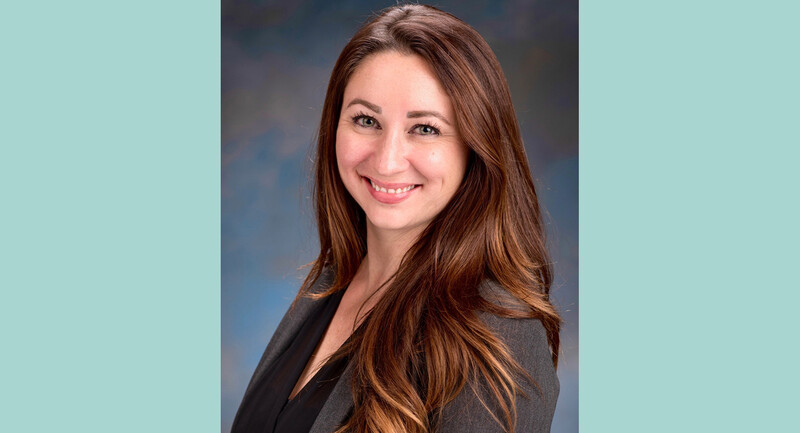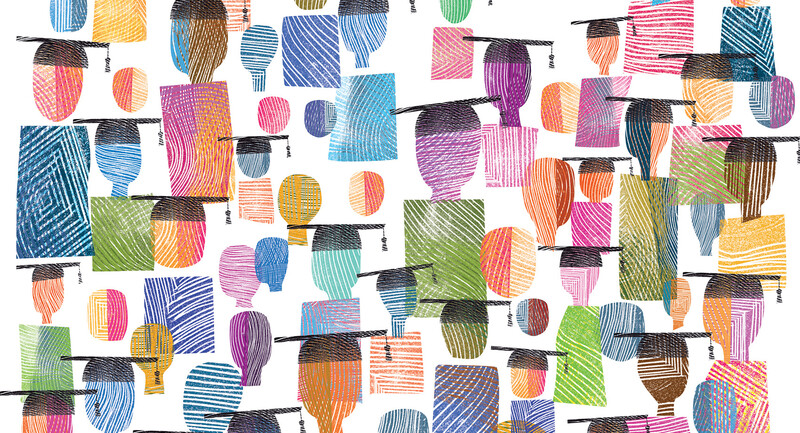If we truly reimagine school, we must use imagination—we must get a mental picture of something beyond the schools and teaching we know so well. What gets in the way of creating new mental pictures, according to Ron Wolk ("Education: The Case for Making It Personal," p. 16) is people's uncritical acceptance of assumptions about how education must be carried out, mainly the assumption that standardization will enable us to uplift disadvantaged learners.
Is Standardization the Key—or an Obstacle?
Wolk lists four common practices in public schools: holding all students to the same high content standards; moving students sequentially through a common, rigorous curriculum organized into academic silos; giving students little say in their own education; and requiring them to take many standardized tests. In your group, look at each of these four practices separately and discuss: In your experience, is this practice really likely to help low income or struggling students learn better? What would happen if your school abandoned this practice or this assumption?
- Does providing an equitable education for all in a democracy mean that all students should be held to the same standards? And does establishing standards for what all students should know and be able to do necessarily mean standardizing what schools and teachers do?
- Wolk describes three examples of break-the-mold secondary schools, all of which personalize the learning experience but serve fewer than 125 students each. If you teach at a traditional large school, brainstorm how you might transform your conventional school to enable learning to be more personalized?
What Makes a School Entrepreneur?
Listen to the interview with Frederick Hess at ASCD's Web site. Hess claims that adherence to tradition and outdated institutions gets in the way of innovative, entrepreneurial ideas for education:
Sometimes folks are thrown by the term entrepreneur. They think it just means for-profits or folks coming from outside the K-12 world. But an entrepreneur can be anyone who has an idea for how to solve a problem better—and who wants to solve it in a lot of places in order to aid a lot of kids or educators.
- Is there someone you have worked with in a school recently who you would consider an entrepreneur? What solution or idea did that individual come up with? What obstacles did he or she overcome to spread the innovation—and where did those obstacles come from?
How's Your School Habitat?
Judy Helms, Steven Turckes, and Ken Hinton ("A Habitat for 21st Century Teaching and Learning," p. 66) note that the traditional design of most school buildings, and the kinds of "siloed" interaction that school designs perpetuate, differs markedly from the open layout, abundance of learning resources, and collaborative style of work most people will confront in the post-school world. Small rooms crammed with desks, lack of storage, and unwelcoming layouts characterize too many schools. Creative teaching strategies and projects sometimes die on the vine because, as a teacher in the article laments, "This classroom is just like my father's classroom! They tell us to teach 21st Century skills, but the space we teach in is rooted in the past."
- How many spaces does your school provide for groups larger than 30?
- What arrangements are there for presenting student work to an audience? How comfortable do you think a typical family would feel spending significant time in a typical classroom? What would it be like for parents to attend events at the school with younger kids in tow?
- Are technological innovations incorporated well into the school? Try this activity as a "jigsaw": Assign pairs to each visit one area of the building (the library, the school entrance and front office, academic sections, and so on), then have each pair report back. If you can acquire a blueprint of the physical layout of your school, spread it on the table, and have each pair write directly on the blueprint things they noticed. Discuss implications; how might each space become more conducive to community connections and rich projects?
According to the authors, the new designs will help these schools offer the six components that the Yale-based School of the 21st Century model has established for schools striving to be responsive to local community needs (see www.yale.edu/21c/paradigm.html for a discussion of all six components). Consider two of these components: diverse before- and after-school programs and networks and training for child-care providers. Is there a need for these kinds of programs in your local area? Does your school respond to these local needs in any way?








